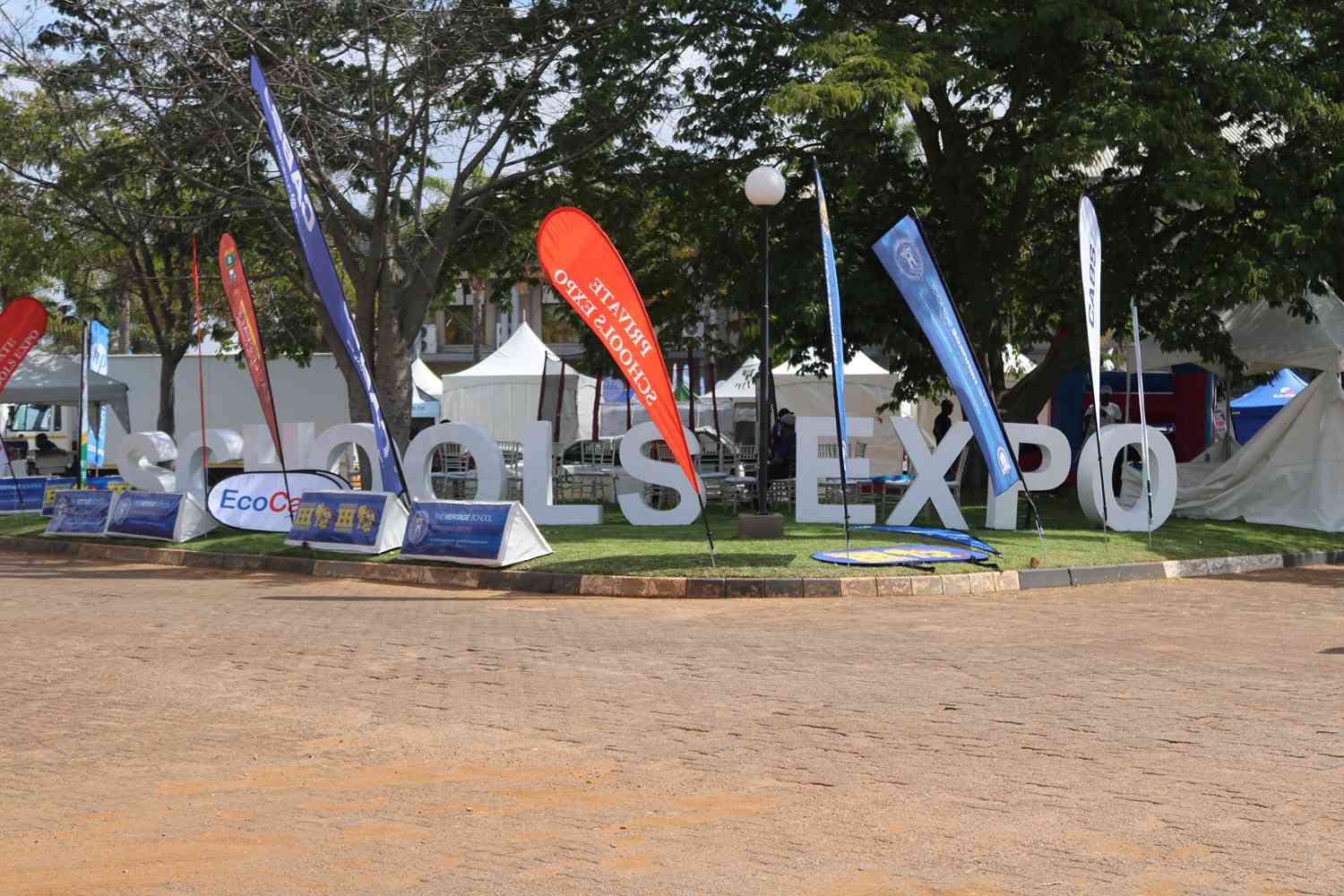
Johannesburg — She lets out a piercing cry, her body starts shaking violently, her hands are clapping to the rhythm of large African drums — she is calling out to her ancestors.
BBC
Thabiso Siswana is a traditional healer, known in South Africa as a sangoma.
The 24-year-old is not your typical sangoma though — she is also a corporate administrator at Bidvest Bank, one of South Africa’s best known and most prestigious institutions and has dreams of becoming a successful businesswoman.
Inside a high-rise office looking out into the Johannesburg business district, Siswana dresses in smart tailored clothes, has manicured nails and long sleek hair extensions — nothing about her appearance says she has three ancestors inhabiting her.
“When I tell people that I am a sangoma they always react with shock. They say, “How? You don’t even look like one.” There are still many misconceptions about how we should look,” she says with a broad smile.
Siswana is one of thousands of young men and women who are balancing the demands of a career, with the calling to be a messenger for deceased ancestors, or “amadlozi”.
Sangomas have played a central role in many African cultures dating back many years; they were seen as custodians of their communities and were consulted by villagers to heal the sick, communicate with the gods on their behalf and to protect villages from harm.
- Chamisa under fire over US$120K donation
- Mavhunga puts DeMbare into Chibuku quarterfinals
- Pension funds bet on Cabora Bassa oilfields
- Councils defy govt fire tender directive
Keep Reading
They are essentially diviners — a channel between the physical world and the afterlife.
They believe that through a special “calling” known in Zulu as ubizo, they are able to access advice and guidance through possession by an ancestor, throwing bones or by interpreting dreams.
Today sangomas are often seen as unsophisticated, uneducated and backwards.
Despite this, they remain the first point of contact for physical and psychological ailments for about 80% of black South Africans, according to authorities.
Sangomas are legally recognised, under the Traditional Health Practitioners Act of 2007, alongside herbalists, traditional birth attendants, and traditional surgeons.
At Siswana’s home in Soweto, a township outside Johannesburg, a small group of sangomas has gathered to share a meal.
It is a moody Sunday afternoon but the group is in high spirits — this will be their chance to summon deceased loved ones and possibly receive a message from them.
Siswana says her “gift” is interpreting other people’s dreams, as well as dreams that predict the future.
On the weekend of her initiation last year, she was given a herb that put her into a trance, a state in which she needed to go looking for her sacrificial goat, which the elders had hidden from her within the surroundings of her home along with other objects. She was able to find them and this was seen as proof of her ability “see” beyond the physical world.
“The ancestors guided me to where the items were, you do not graduate until you are able to ‘see’ through them. This skill is important when we consult with patients,” she explains.
Inside the indumba, a sacred room where sangomas communicate with the ancestors, Siswana asks the amadlozi to allow the BBC crew to spend the day with her and also invites them to join in the day’s festivities — it is rare access into this mystical and often secretive world.
Siswana begins to dance vigorously, her face grimaces with pain and she struggles to catch her breath, the intensity in her eyes is chilling.
“My great-aunt, uncle and grandfather live in me. When they take over I lose all control of my body, I’m aware of my surroundings but I have no control over what I say or do. They completely consume you and in that moment I am their messenger,” she later tells me.
Along with her deep roots in tradition and African culture, Siswana is also a Christian.











